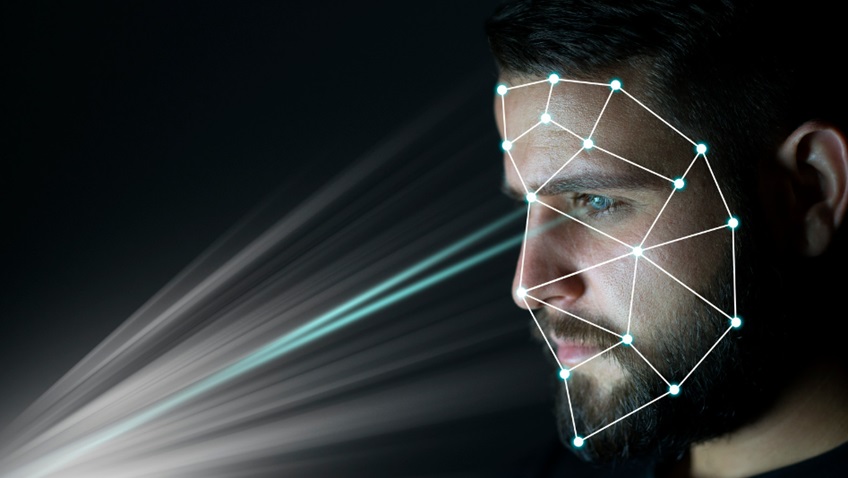Facial recognition technology has rapidly advanced in recent years, becoming an integral part of various security and authentication systems. One of its prominent applications is in facial recognition access control, which enhances security measures in various sectors by verifying identities through facial features. But how exactly does this technology work?
The Basics of Facial Recognition Technology
Facial recognition technology operates by comparing the unique features of a person’s face to a database of known faces. This process involves several critical steps:
- Image Capture: The first step is capturing an image of the face using a camera. This can be a still photo or a video frame.
- Face Detection: Once the image is captured, the system detects the face within the image. Advanced algorithms pinpoint the face by identifying facial landmarks like the eyes, nose, and mouth.
- Feature Extraction: After detection, the system extracts distinguishing features from the face. This includes the distance between the eyes, the shape of the cheekbones, the contour of the lips, and other unique characteristics.
- Face Matching: The extracted features are then converted into a mathematical representation, often referred to as a faceprint. This faceprint is compared to a database of faceprints to find a match.
- Verification/Identification: If the system finds a match, it can either verify the person’s identity (one-to-one comparison) or identify the person among a group of people (one-to-many comparison).
Key Components and Technologies
- Algorithms and AI: Modern facial recognition systems rely heavily on artificial intelligence and machine learning algorithms. These technologies enhance the system’s ability to detect and recognize faces with high accuracy.
- 3D Mapping: Some advanced systems use 3D mapping to create a more accurate representation of the face. This method captures the depth and contours of the face, making it harder to fool with photos or masks.
- Infrared Technology: Infrared cameras can capture facial features in low light or complete darkness, improving the system’s reliability in various conditions.
Applications in Access Control
Facial recognition access control systems offer numerous benefits, including enhanced security, convenience, and efficiency. They are used in various settings, such as corporate offices, airports, and secure government facilities, to ensure that only authorized individuals gain access. By leveraging the unique and unalterable features of a person’s face, these systems provide a robust layer of security that is difficult to breach.
Conclusion
Understanding how facial recognition works is essential as this technology becomes more prevalent in security systems and daily applications. From capturing images to verifying identities, each step is crucial in ensuring accuracy and reliability. For businesses and institutions looking to enhance their security measures, facial recognition access control offers a cutting-edge solution that combines efficiency with high-level security.





